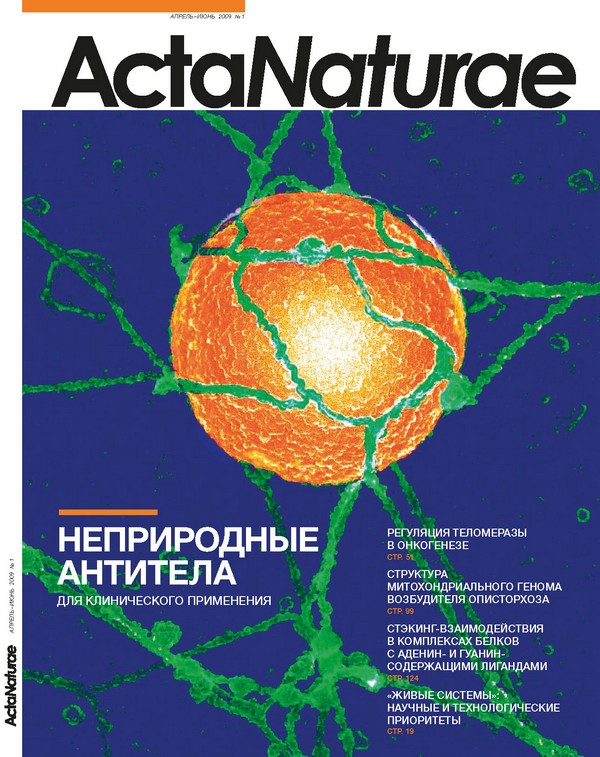Аннотация
Opisthorchis felineus, a hepatic trematode, is the causative agent of opisthorchiasis, a dangerous disease in both human beings and animals. Opisthorchiasis is widespread in Russia, especially Western Siberia. The purpose of the present study was to determine the complete mitochondrial DNA sequence of this flatworm. Two parallel methods were employed: (1) capillary electrophoresis to sequence the mitochondrial genome fragments obtained through specific PCR amplification, and (2) high throughput sequencing of the DNA sample. Both methods made possible the determination of the complete nucleotide sequence of the O. felineus mitochondrial genome. The genome consists of a ring molecule 14,277 nt in length that contains 35 genes coding 2 rRN A, 22 tRN A, and 12 proteins: 3 subunits of cytochrome-C-oxidase, 7 subunits of NADH-dehydrogenase, B apocytochrome, and subunit 6 of ATP-synthetase. Like many other flatworms, O. felineus is characterized by the absence of the ATP-synthetase subunit 8 gene. Nineteen out of the 22 tRN As have a typical “clover leaf” structure. The tRN A(AGC) and tRN A-Cys genes lack DHU-loops, while the tRN A-Ser(UC A) has 2 alternative structures: one with a DHU-loop, and one without it. Analyzing the results obtained from the high throughput sequencing revealed 45 single-nucleotide polymorphisms within the mitochondrial genome. The results obtained in this study may be used in the development of molecular diagnostic methods for opisthorchiasis. This study shows that high throughput sequencing is a fast and effective method for decoding the mitochondrial genome of animals.







